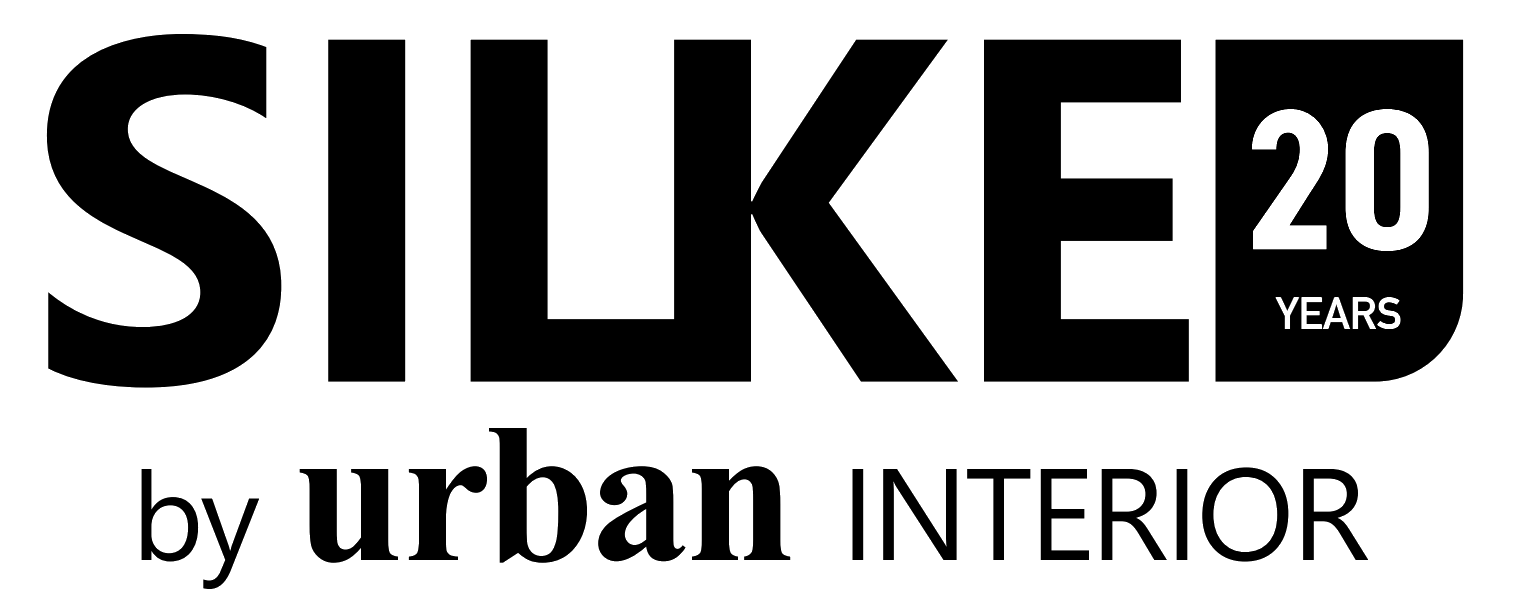We’ve talked about colour theory on these blogs before, and how it related to a modern kitchen setting. Though ultimately it’s down to the individual tastes of any given person, there is some credence to the theory of colour and how it’s used that do inform the feeling a kitchen evokes. We’d like to use that as a jumping off point to talk about what’s used to actually produce the colours; Paint.
The word “Paint” itself is very broad by definition, as it refers to any substance that starts out in a liquid or mastic format, is applied to any given surface or structure, and then gradually hardens to a solid state over a relatively short period of time. It comes in a number of forms and varieties- a number of you are probably familiar with Watercolour Paints, Oil Paints, and maybe Acrylic Paints- but there are a great many more kinds, a number of which are used in decorating. One such example is that of Emulsion Paints. Emulsion Paints have been growing in popularity in recent years, as they have lower toxicity, are fairly cheap, dry very quickly and are super easy to apply to walls. Generally, though, if you want something with a bit more class, you’ll need to start looking into the various kinds of finishes.
“Finish” implies the kind effect the paint work will take on once the pain is dry. Flat Finish, for example, provides a fairly standard effect upon completion, but the ease of spread and basic construction makes it very effective and hiding imperfections and blemishes. It is, however, easily subject to staining, and it’s not particularly easy to clean either. Matte Finish paints are perhaps the most common kind of paint, offering a similar effect as a Flat Finish, but with greater durability and are far easily to clean. Some of the more specialised finishes include Eggshell Finish (which has an eggshell-like sheen and is very water resistant), Pearl/Satin finish (has an impeccable sheen and is very resistant), and Semi-Gloss Finish (one of the most durable and easily washable finishes available). The downside to most of these is that they’re not particularly good at hiding any imperfections or damage to the walls underneath.
 Wood Stain is among some of the most highly specialised finishes available, designed specifically intended to be used on wood as the name implies. It’s formulated to be very thin and low in viscosity, meaning that it soaks in to the wooden surface rather then coating it in a solid layer. The end result is a painted surface that retains it’s general outer shape despite the change in colour. And if you’re looking for the hardiest of hard finishes, then Enamel Paint is up your alley; a number of them contain fine glass powder of metal flakes, which further improve their overall longevity and help with the coloration of the paint itself.
Wood Stain is among some of the most highly specialised finishes available, designed specifically intended to be used on wood as the name implies. It’s formulated to be very thin and low in viscosity, meaning that it soaks in to the wooden surface rather then coating it in a solid layer. The end result is a painted surface that retains it’s general outer shape despite the change in colour. And if you’re looking for the hardiest of hard finishes, then Enamel Paint is up your alley; a number of them contain fine glass powder of metal flakes, which further improve their overall longevity and help with the coloration of the paint itself.
Finally, there are of course materials that exist to enhance the paint itself in some manner. Firstly, there’s Primer, which enhances the adhesion of the paint (and helps cover the prior surface colour), and Varnish or Shellac, which improve the varnish of a colour without substantially changing it.
In a kitchen context, which of these you pick will come down to two things; personal preference, and the surface you’re actively painting on. Occasionally, availability of certain pigments will come into consideration as well, as certain kinds of speciality paint can only be found in certain pigments and tones. Thankfully, it’s fairly easy to research what kind of paint will be a best fit for the material you’re working with, and hashing things out with the designers you work with will help you narrow down the best kind of paint for your needs.
